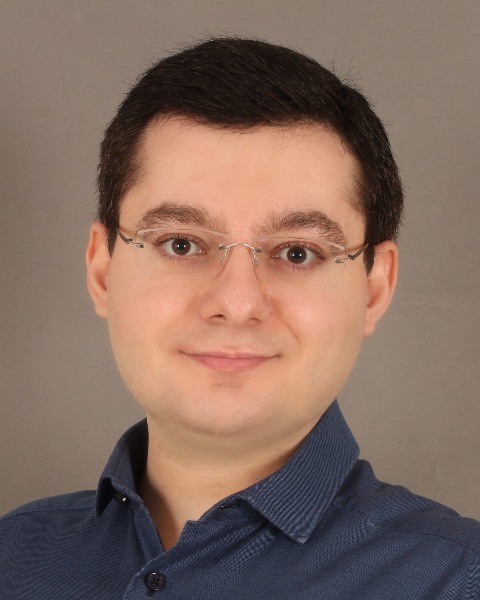General Pharmacometrics
(M-101) A minimal model to support a CAR T-cell therapy development platform
Monday, October 20, 2025
7:00 AM - 5:00 PM MDT
Location: Colorado A
Leandro Pippa, Ph.D. – Non-Employee Consultant | Postdoctoral Associate, Certara USA, Inc. | University of Florida; Hunter Stephens, Ph.D. – Scientist, Certara USA, Inc.; Stephen Duffull, Ph.D. – Senior Scientific Advisor, Certara USA, Inc.; Mirjam Trame, Pharm.D., Ph.D. – Vice President, Certara USA, Inc.

Leandro F. Pippa, BPharm, MSc, PhD
Scientist | Postdoctoral Associate
Certara USA, Inc. | University of Florida, United States
Author(s)
Disclosure(s):
Leandro F. Pippa: No financial relationships to disclose
Objectives: The complexities inherent in Chimeric Antigen Receptor (CAR) T-cell therapeutics, including rapid cellular expansion, subsequent contraction, and persistence, pose significant challenges in optimizing dose selection, lymphodepletion protocols, and subsequent redosing strategies. To address these challenges, we have developed a minimal yet fully estimable mathematical model that elucidates CAR T-cell kinetics by integrating variables related to tumor burden, cytokine signaling pathways, and endogenous lymphocyte dynamics.
Methods: The model is structured as a semi-mechanistic system of differential equations representing five critical biological components: circulating and peripheral CAR T-cells, malignant B-cells, cytokine signaling drivers, and endogenous lymphocyte populations. These components are compartmentalized between central and peripheral spaces within the organism. Key mechanisms incorporated in this model encompass activation-driven proliferation of CAR T-cells, target-limited expansion dynamics, tumor burden growth, and feedback loops mediated by cytokines. Additionally, the model can accommodate tumor resistance mechanisms and the potential need for redosing through supplementary CAR T infusions. Parameter estimation is accomplished using nonlinear mixed-effects methodologies, based on data from clinical studies.
Results: Applying the model to patient data by estimation “trains” the feedback mechanisms based on the current settings (CAR T lineage, tumor types, lymphodepletion regimens, patient factors etc.), allowing the model to capture observed patterns of CAR T expansion, contraction, persistence and influence of lymphodepletion. The model can further be used to simulate different dosing conditions, and potentially forecast tumor relapse and determine optimal redosing windows required to restore therapeutic levels of CAR T-cells.
Conclusions: The proposed minimal model, which utilizes estimable clinical parameters, holds potential for supporting new and existing CAR T development platforms. The minimal model provides a generic platform that can be used in an estimation setting (e.g. using NONMEM) to create a setting-specific solution to aid decision making. However, given the extreme diversity of CAR T treatments and responses the model in its “untrained” form will not necessarily capture the characteristics of any new CAR T therapies.
Citations: None.
Keywords: CAR T, tumor relapse, lymphodepletion
